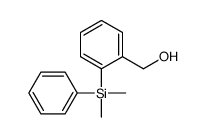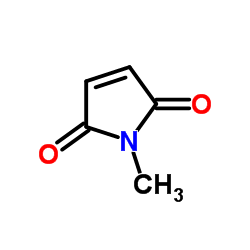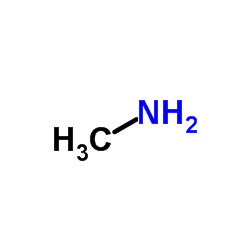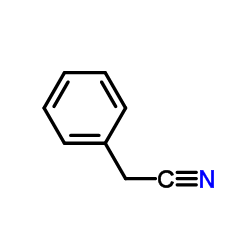86-34-0
| Name | phensuximide |
|---|---|
| Synonyms |
1-methyl-3-phenyl-pyrrolidine-2,5-dione
1-methyl-3-phenylsuccinimide Milontin Lifen Mirotin Lifene Mirontin 1-Methyl-3-phenyl-pyrrolidin-2,5-dion Milonton Epimal Epimid N-methylphenylsuccinimide PM 334 |
| Description | Phensuximide is an orally active succinimide antiepileptic and anticonvulsant agent. Phensuximide inhibits cyclic AMP and cyclic GMP accumulation in depolarized brain tissue. Phensuximide can be used for the study of seizure and petit mal[1][3]. |
|---|---|
| Related Catalog | |
| Target |
IC50: cyclic AMP and cyclic GMP accumulation[2] |
| In Vitro | Phensuximide produce depolarization-induced accumulation of cyclic GMP or cyclic AMP levels with ID50 values of 8.00 mM or 6.20 mM in incubated slices of mouse cerebral cortex[2]. Phensuximide (0.5-2.0 mM) has the ability to competitively inhibit mephenytoin 4-hydroxylase activity in human liver microsomes, the Ki and Km values are 559 μM and 235 μM, respectively[4]. |
| In Vivo | Phensuximide (intraperitoneal injection; 1.25 mmol/kg; single dose) induces mild changes in renal function, including: trace hematuria, increased proteinuria and decreased paminohippurate uptake in Sprague-Dawley rats[1]. Phensuximide (intraperitoneal injection; 0.3 or 0.6 mmol/kg; 5-7 days) results in transient hematuria and proteinuria, but no change in the other renal function parameters studied. It is concluded that phensuximide produces mild, transient renal effects in Fischer 344 rats, and that the Fischer 344 rat is a suitable model for studying phensuximide-induced toxicity to the urinary tract[1]. Animal Model: Fischer 344 rats[1] Dosage: 0.3 or 0.6 mmol/kg Administration: Intraperitoneal injection; 5-7 days Result: Induced urotoxicity following daily administration for 5-7 days in Fischer 344 rats. |
| References |
| Density | 1.1596 (rough estimate) |
|---|---|
| Boiling Point | 324.47°C (rough estimate) |
| Melting Point | 71-73° |
| Molecular Formula | C11H11NO2 |
| Molecular Weight | 189.21100 |
| Exact Mass | 189.07900 |
| PSA | 37.38000 |
| LogP | 1.09680 |
| Index of Refraction | 1.5012 (estimate) |
| Storage condition | 2-8°C |
CHEMICAL IDENTIFICATION
HEALTH HAZARD DATAACUTE TOXICITY DATA
MUTATION DATA
|
| RIDADR | NONH for all modes of transport |
|---|---|
| HS Code | 2925190090 |
| Precursor 8 | |
|---|---|
| DownStream 1 | |
| HS Code | 2925190090 |
|---|---|
| Summary | 2925190090 other imides and their derivatives; salts thereof VAT:17.0% Tax rebate rate:9.0% Supervision conditions:none MFN tariff:6.5% General tariff:30.0% |








